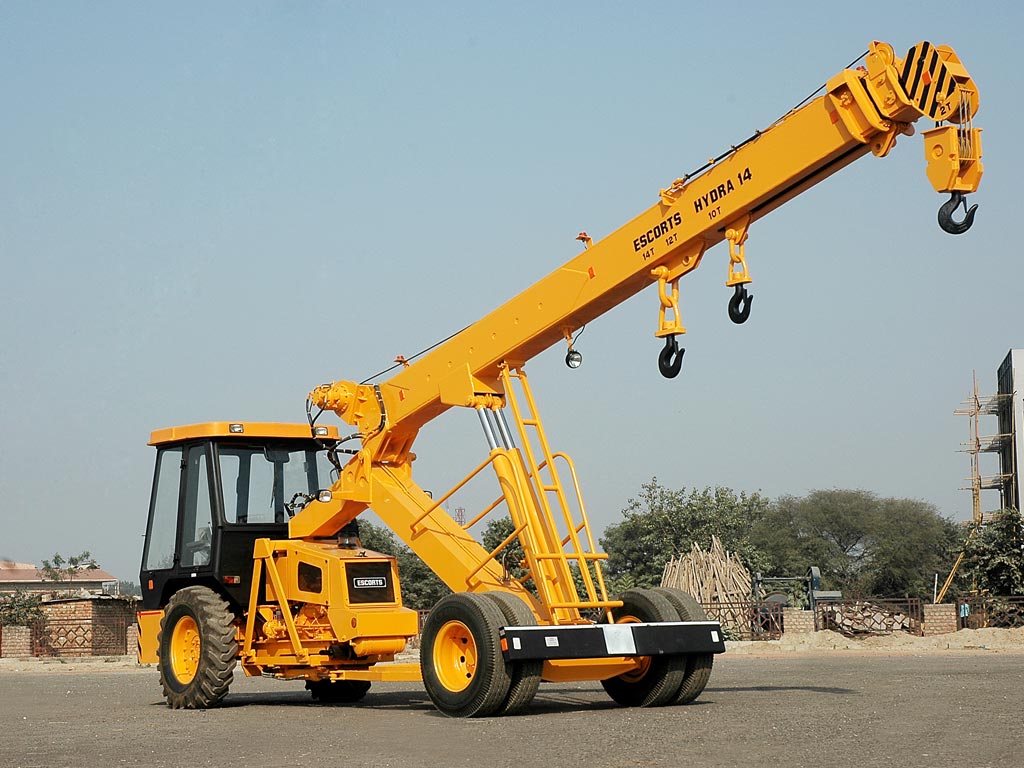
Image Source: Google
Pick and carry cranes have become increasingly popular in recent years, with their versatility and efficiency making them a go-to option for a wide range of industries. Originally used mainly in the construction sector, these cranes have now made their way into logistics and other industries, showcasing their unstoppable rise and adaptability.
One of the main reasons for the increasing popularity of right pick and carry cranes is their ability to navigate and work in tight spaces. These cranes are compact and agile, allowing them to move and operate in areas where traditional cranes would struggle to reach. This makes them ideal for use in congested construction sites, where space is often limited. Furthermore, the pick and carry crane's ability to carry loads while moving eliminates the need for additional handling equipment, saving time and increasing efficiency.
Another factor contributing to the rise of pick and carry cranes is their ability to operate on rough terrain. These cranes are designed with off-road capabilities, allowing them to navigate uneven surfaces with ease. This makes them suitable for applications in industries such as oil and gas, mining, and agriculture, where the terrain can be challenging. The ability to transport heavy loads across difficult terrains has made pick and carry cranes an indispensable tool in these industries.
Pick and carry cranes also offer a high level of maneuverability, thanks to their telescopic booms. This feature allows the crane to extend and retract its boom, reaching heights and distances that would otherwise be impossible. The flexibility provided by the telescopic boom enables the crane to work in various situations, making it a versatile option for different lifting tasks.
Furthermore, pick and carry cranes often come equipped with advanced technology and safety features. These include load monitoring systems, computerized controls, and safety devices such as outriggers and stabilizers. These features not only enhance the safety of operations but also increase the precision and efficiency of the crane's performance. This technology-driven approach has further contributed to the rising demand for pick and carry cranes in various industries.
In addition to their technical capabilities, pick and carry cranes offer economic advantages. These cranes are typically more affordable to purchase and operate compared to larger, fixed cranes. Their compact size also means they require less space for storage and transportation. This makes them a cost-effective option, particularly for smaller construction companies and businesses with limited resources.
As pick and carry cranes continue to gain popularity, manufacturers have been quick to respond to the increasing demand. They have developed a wide range of models and sizes to cater to the specific needs of different industries. This has further accelerated the adoption of pick and carry cranes in logistics, infrastructure development, maintenance work, and other sectors.
In conclusion, the rise of pick and carry cranes can be attributed to their versatility, efficiency, and adaptability. They have proven to be indispensable in the construction industry due to their ability to navigate tight spaces and rough terrains, as well as their maneuverability and advanced technology. As a result, these cranes have now made their way into other industries, offering economic advantages and addressing the specific lifting needs of different sectors. With manufacturers continually improving and expanding their offerings, the unstoppable rise of pick and carry cranes shows no signs of slowing down.